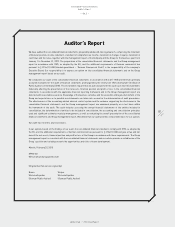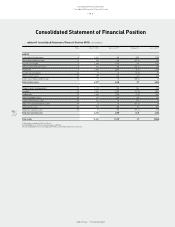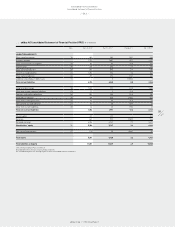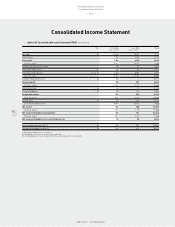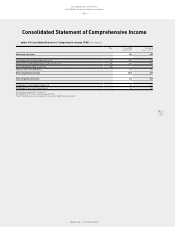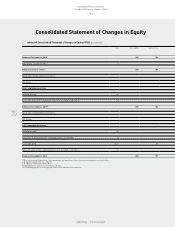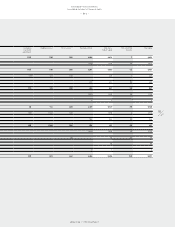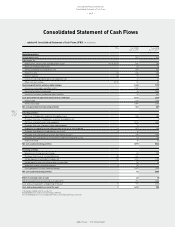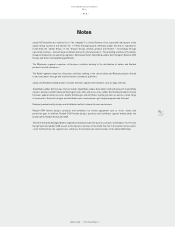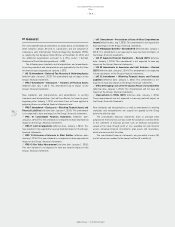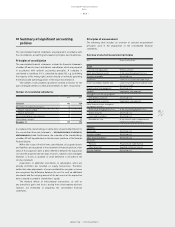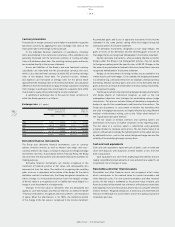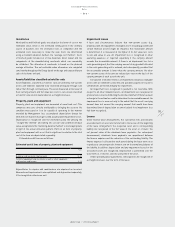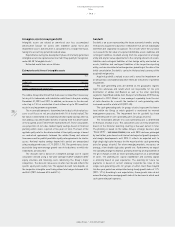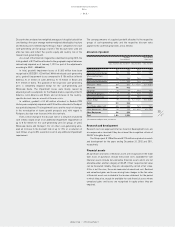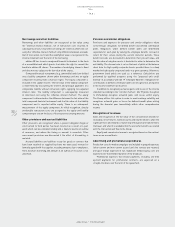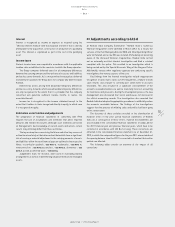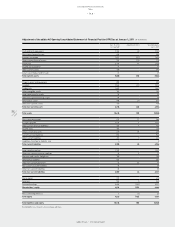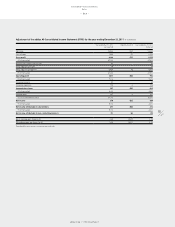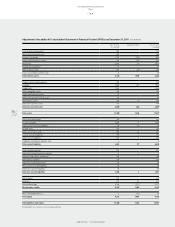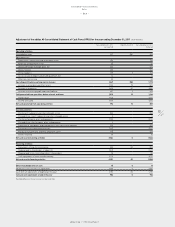Reebok 2012 Annual Report Download - page 219
Download and view the complete annual report
Please find page 219 of the 2012 Reebok annual report below. You can navigate through the pages in the report by either clicking on the pages listed below, or by using the keyword search tool below to find specific information within the annual report.
adidas Group
/
2012 Annual Report
Consolidated Financial Statements
197
2012
Notes
/
04.8
/
02 Summary of significant accounting
policies
The consolidated financial statements are prepared in accordance with
the consolidation, accounting and valuation principles described below.
Principles of consolidation
The consolidated financial statements include the financial statements
of adidas AG and its direct and indirect subsidiaries, which are prepared
in accordance with uniform accounting principles. A company is
considered a subsidiary if it is controlled by adidas AG, e.g. by holding
the majority of the voting rights and/or directly or indirectly governing
the financial and operating policies of the respective enterprise.
The number of consolidated subsidiaries evolved as follows for the
years ending December 31, 2012 and December 31, 2011, respectively:
Number of consolidated subsidiaries
2012 2011
January 1 173 169
First-time consolidated companies: 13 6
Thereof: newly founded 4 4
Thereof: purchased 9 2
Deconsolidated/divested companies (9) –
Intercompany mergers – (2)
December 31 177 173
A schedule of the shareholdings of adidas AG is shown in Attachment II to
the consolidated financial statements
/
SEE SHAREHOLDINGS OF ADIDAS AG,
HERZOGENAURACH, P. 240. Furthermore, the schedule of the shareholdings
of adidas AG will be published on the electronic platform of the German
Federal Gazette.
Within the scope of the first-time consolidation, all acquired assets
and liabilities are recognised in the statement of financial position at fair
value at the acquisition date. A debit difference between the acquisition
cost and the proportionate fair value of assets, liabilities and contingent
liabilities is shown as goodwill. A credit difference is recorded in the
income statement.
Acquisitions of additional investments in subsidiaries which are
already controlled are recorded as equity transactions. Therefore,
neither fair value adjustments of assets and liabilities nor gains or losses
are recognised. Any difference between the cost for such an additional
investment and the carrying amount of the net assets at the acquisition
date is directly recorded in shareholders’ equity.
The financial effects of intercompany transactions, as well as
any unrealised gains and losses arising from intercompany business
relations are eliminated in preparing the consolidated financial
statements.
Principles of measurement
The following table includes an overview of selected measurement
principles used in the preparation of the consolidated financial
statements.
Overview of selected measurement principles
Item Measurement principle
Assets
Cash and cash equivalents Nominal amount
Short-term financial assets At fair value through profit or loss
Accounts receivable Amortised cost
Inventories Lower of cost or net realisable value
Assets classified as held for sale Lower of carrying amount and fair value
less costs to sell
Property, plant and equipment Amortised cost
Goodwill Impairment-only approach
Intangible assets (except goodwill):
With definite useful life Amortised cost
With indefinite useful life Impairment-only approach
Other financial assets (categories
according to IAS 39):
At fair value through profit or loss At fair value through profit or loss
Held to maturity Amortised cost
Loans and receivables Amortised cost
Available-for-sale At fair value in other comprehensive
income or at amortised cost
Liabilities
Borrowings Amortised cost
Accounts payable Amortised cost
Other financial liabilities Amortised cost
Provisions:
Pensions Projected unit credit method
Other provisions Expected settlement amount
Accrued liabilities Amortised cost


